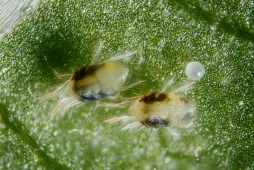Ctenanthe oppenheimiana, an explosion of color
The Marantaceae family offers us a whole palette of colors. Among its most beautiful creations is Ctenanthe oppenheimiana. This perennial, native to Brazil, boasts astonishing white and red foliage.
How to recognize Ctenanthe oppenheimiana?
Ctenanthe oppenheimiana is a rhizomatous plant with a dense, upright habit. In the wild, it can reach a meter in height. In pots and indoors, it rarely exceeds 50 centimetres in any direction.
While the stems of ctenanthe lubbersiana resemble bamboos, those of Ctenanthe oppenheimiana are spindly and branched. The long-stalked leaves are up to 40 centimetres long. Cream-colored, they are decorated with dark green stripes on the secondary veins. These lines meet at the margins. Blades have purple undersides, like those of ctenanthe burle-marxii or ctenanthe setosa.
With its tricolored leaves, Oppenheim's Ctenanthe is often confused with Stromanthe Sanguinea Triostar. If you want to tell the two species apart, look at the welt pattern. These are regular in Stromanthe and have a silvery sheen in Ctenanthe.
Flowering is rare indoors. But don't worry, the little white flowers in a spike will go unnoticed in the midst of such foliage!
Ctenanthe oppenheimiana is non-toxic. You can enjoy its colors without danger, even if you live with pets and small children.
Our maintenance tips
Not very demanding, your Ctenanthe oppenheimiana is content with a location without direct sunlight and plenty of humidity.
Watering
Water only when the substrate has dried on the surface (one or two centimeters).
Use non-calcareous water, such as rainwater or mineral water, at room temperature. Pour it over the soil, avoiding the foliage.
To prevent root rot, remove any water that collects in the dish or planter.
Spray
The air in our apartments is too dry for plants used to high humidity. Mist your Ctenanthe oppenheimiana with water at room temperature.
Rainwater is preferable to tap water. Tap water causes white spots on the foliage.
Repotting
In spring, transfer your Ctenanthe oppenheimiana to a larger pot, so that it can continue to grow.
Choose a pierced pot one-third larger than the previous one. Choose width rather than height to allow roots to develop. Choose a plastic or ceramic container rather than a clay one. The latter tend to absorb water more quickly.
Install a bed of clay balls and cover it with potting soil for indoor plants. Don't hesitate to mix in some perlite to optimize drainage. Then place the rootball and add potting soil until you reach a centimetre or two below the rim of the pot. Tamp down to avoid air bubbles.
Fertilization
You can stimulate the development of your plant during its growth phase, in spring and summer, with fertilizer.
Add nutrients with a green plant fertilizer.
Cleaning
The dust that accumulates on the leaves prevents photosynthesis. To ensure that your Ctenanthe oppenheimiana takes full advantage of the light, clean its foliage with a clean, damp cloth. Then wipe with a soft cloth.
Prune
Remove dead leaves and wilted flowers.
Cutting
Cutting is carried out during the strong growth phase, generally in spring and early summer.
Rhizomes are underground stems. To access them, you'll need to dig up your plant. Proceed delicately so as not to damage the roots.
Observe the root system to detect the natural demarcation between rhizomes. Once you've identified two distinct roots, gently separate them using your hands.
In a pierced pot, pour a layer of clay balls for drainage. Add potting soil for seedlings and planting.
Using a pencil, make a pilot hole and plant your cutting.
Water at room temperature to help the plant take root.
Diseases / Threats
Information
| Family | Marantaceae - Marantaceae |
| Type | Ctenanthe - Ctenanthe |
| Species | Ctenanthe oppenheimiana - Ctenanthe oppenheimiana |
| Lifecycle | Perennial |
| Foliage | Evergreen |
| Exposures | |
| Substrat | |
| Planting method |
In pots |
| Categories | |
| Tags |
Fritillary Soiffarde |
| Origin |
South America |
| Hardiness (USDA) | 11a |
| Leaf color |
|
| Flower colors |
|
Discover plants from the same family
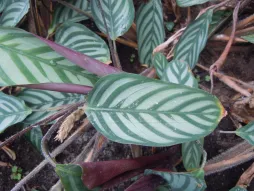
Ctenanthe setosa
Discover
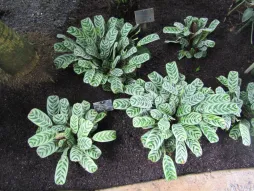
Ctenanthe burle-marxii
Discover
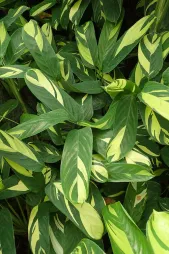
Ctenanthe lubbersiana
Discover
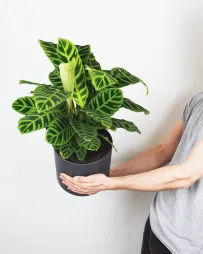
Zebra Calathea
Discover













